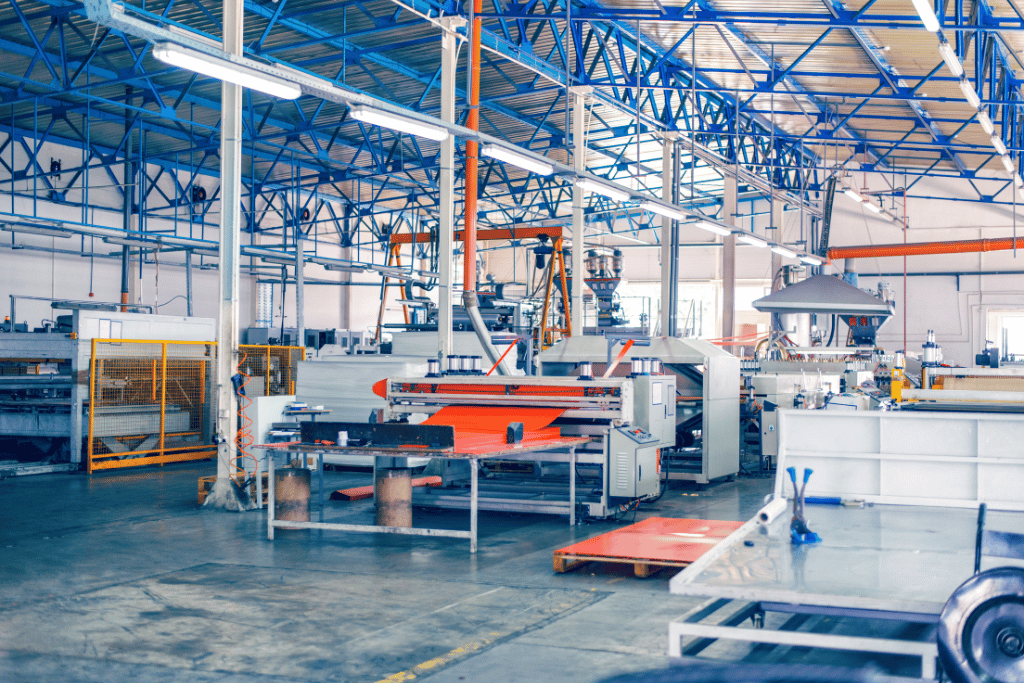Protecting life depends on life safety systems, which also protect in crucial moments when every second matters. These plastic safety systems include fire alarms, emergency lighting, medical devices, and more, designed to function flawlessly under pressure. A growing trend in these systems is the use of plastic components in life safety, a shift that has significantly impacted their efficiency, durability, and cost-effectiveness.
In this blog, we will look at the significant role of plastic parts in life safety systems, highlighting properties, uses, and innovations that continue to improve safety across industries.
Why Plastics Are Suited for Life Safety Systems?
Plastics are perfect for life-critical safety uses because of their special properties. Plastics are different from traditional materials because they are strong, flexible, and can be used in many ways.
- Durability: Plastics like polycarbonate and ABS are known for their long-lasting performance. They can handle damage well, perfect for safety-critical equipment.
- Lightweight Nature: The weight is important, especially for portable devices like AEDs and oxygen masks. Plastics keep these devices light while maintaining a structure strong.
- Resistance to Heat, Chemicals, and Impact: Many plastic safety systems are exposed to extreme conditions. Inflammation-resistant materials like polycarbonate and ABS are great for impact resistance. These features keep plastic parts in life safety systems working well even in tough conditions.
- Versatility: Plastics can be molded into complex shapes and designs to produce detailed parts – fire alarm cases and emergency lighting fixtures.
Plastics are essential in modern life safety systems because they have these qualities that other materials usually can’t match.
Applications of Plastics in Life Safety Systems
Plastics are now an important part of many plastic safety systems in different industries. Here are some key uses:
Fire Protection Systems
- Smoke Detectors: Plastic housings provide a lightweight and durable casing that protects internal sensors while allowing easy installation.
- Sprinkler System Components: High-performance plastics offer reliable performance by handling temperature variations and water pressure.
- Fire Alarm Casings: Durable and heat-resistant plastics keep fire alarms functional in extreme conditions.
Emergency Medical Equipment
- AED Housings: Automated external devices use strong plastic cases to keep sensitive electronics safe.
- Oxygen Delivery Systems: Medical use of plastic tubes and masks is safe, flexible, and light-weight.
- Portable Medical Devices: From infusion pumps to monitoring devices, plastics keep these tools portable and reliable in critical situations.
Building Safety
- Exit Signs: Bright and durable plastic materials make exit signs visible even in low-light conditions.
- Emergency Lighting Fixtures: Plastics provide heat resistance and optical clarity for long-lasting emergency lights.
- Protective Barriers: Shatterproof plastics create safe and transparent barriers in public spaces.
Transportation Safety
- Airbag Housings: High-strength plastics protect airbags before deployment.
- Seatbelt Components: Strong but lightweight plastics help to provide car restraint systems’ overall safety.
- Emergency Exits: Plastics are used in door parts and signs for their strength and clear visibility.
These applications show how versatile and reliable plastic parts are in life safety systems, which are essential for modern safety innovations.
Innovations in Plastic Components for Safety Equipment
Recent advancements in plastics have elevated their role in life safety Industries, introducing new possibilities for improved performance and sustainability.
- Advanced Plastic Materials
Innovations in polymer science have led to the development of plastics with enhanced properties such as improved flame resistance, higher impact strength, and better chemical stability. In high-risk environments like fire protection systems these components especially help.
- Integration with Smart Technologies
Modern safety devices made of plastic now have smart features. Fire alarms with IoT connectivity use plastic covers to protect sensitive sensors and electronics while keeping a modern look. This integration makes safety devices smarter and more efficient.
- Eco-Friendly Developments:
Sustainability is a growing focus for plastic companies. Many are developing recyclable and biodegradable plastics to reduce environmental impact. These eco-friendly materials are being used in emergency equipment and building plastic safety systems to support global efforts for a greener future.
Reliability in Life-Critical Situations
Reliability is non-negotiable in life safety systems. These uses of plastics are carefully examined to meet strict safety standards.
Precision Manufacturing: Precision affects how well plastic safety systems work. Every component is designed and manufactured to maintain its integrity under stress from fire alarms to medical devices.
Real-World Examples: A well-known manufacturer utilized polycarbonate plastics in a fire alarm casing, resulting in a product that resisted high temperatures during an actual fire, successfully saving lives.
Another example is the use of ABS plastics in AED housing which protects the device during rough handling in an emergency.
These points show how important good plastic parts are in life safety systems, proving their effectiveness in critical moments.
The Role of Manufacturers in Delivering Quality Plastic Components
Behind every reliable life safety system is a dedicated manufacturing process that prioritizes quality and precision.
Partnerships with Experienced Plastic Companies: Collaborating with specialized plastic companies gives access to top-quality materials and advanced manufacturing methods.
Material Quality and Precision Molding: Manufacturers focus on sourcing the best materials and using state-of-the-art molding techniques. This keeps each component safe and up to high standards.
Commitment to Safety Regulations: Experienced manufacturers keep up with industry regulations so their products meet the required certifications for life safety applications.
Hansen Plastics shows this dedication by delivering reliable plastic components in life safety systems supporting industries that depend on their performance.
Shaping the Future of Safety with Plastics
As the need for safety and new ideas increases, plastics will keep being important in life-critical systems. With advancements in material science, sustainable practices, and smart technologies, plastic safety systems are set to become even more effective and versatile.
Plastic companies and manufacturers are working hard to meet high standards for reliability and performance, which helps protect lives in many ways. From fire alarms to emergency medical devices, plastic components in life safety systems remain an essential part of modern safety solutions.



